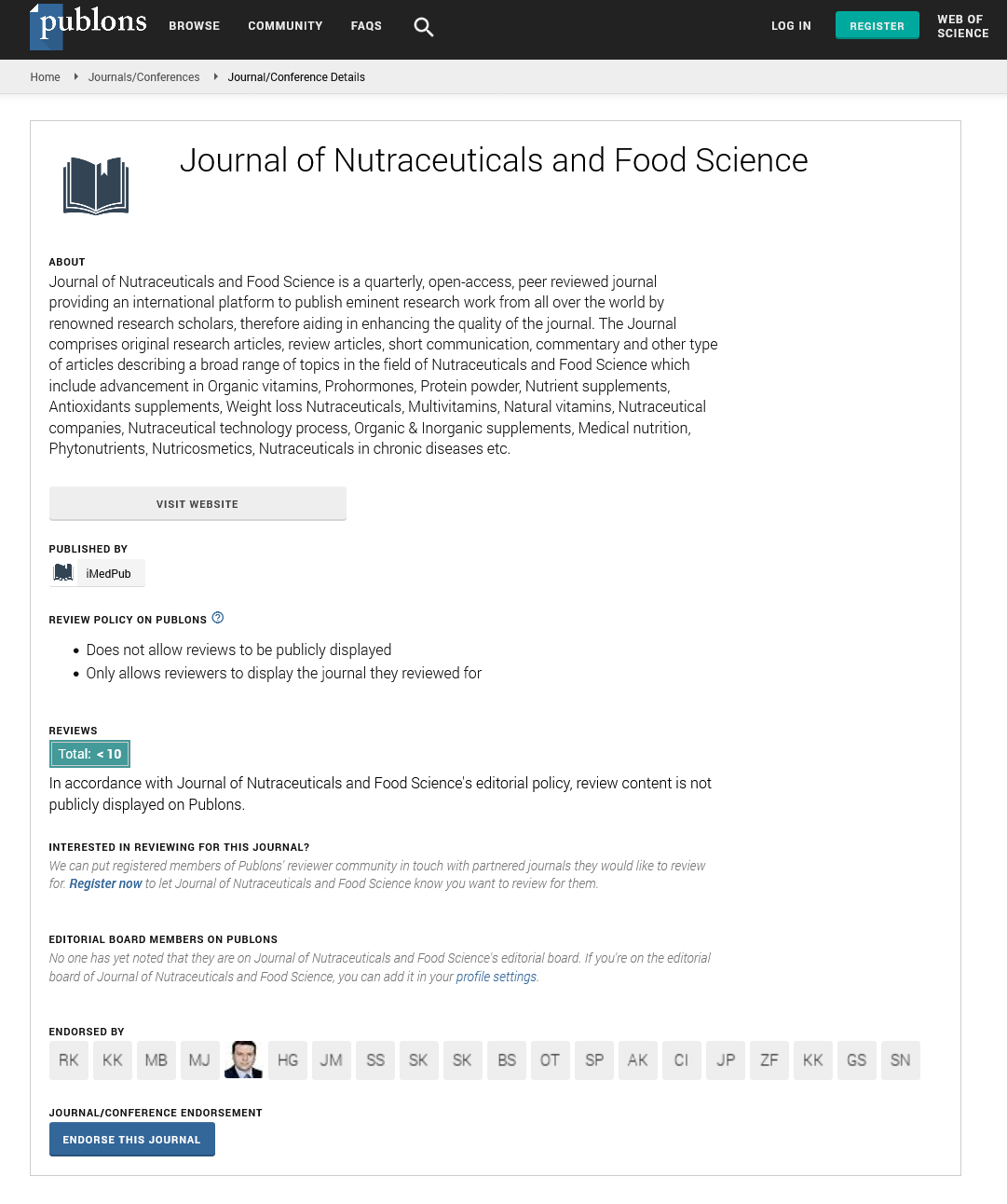Abstract
Plant-Based Curing Methods Alternative to Nitrite in Fermented Meat Products
Fermented meat products are among the foods that are widely produced and consumed worldwide, with their easy preparation, nutritious, and deliciousness. Essentially, they are composed by a meat batter of minced lean meat and fat mixed with other ingredients (sugar, herbs, spices, starter cultures, etc.) and additives (curing salt, antioxidants, etc.) that are stuffed into casings, fermented, and then submitted to drying and maturation process. Recently, due to the attitude of consumers to the additives used in the production of fermented meat products, innovations in their formulation by reducing salt, fat, and curing salts are discussed. Sodium nitrite is a widely used curing agent in the meat industry. It is known that nitrite prevents the development of Clostridium botulinum in fermented meat products, has an antioxidant effect, protects the red-pink color of the meat, as well as contributes to the formation of the characteristic cured flavor. For this reason, nitrate/nitrite has been widely used as both an additive and a preservative in meat products for a long time. However, nitrate, which can be used in meat products with a long ripening period, needs to be reduced to its more active form, nitrite, for curing reactions to occur in fermented meat products since it is a passive curing agent. Unfortunately, recent studies have revealed that nitrosamines (and consumption of processed meat) formed by the reaction of amine compounds in meat with nitrite are associated with some types of cancer prevalence, certain N-nitroso compounds stimulate gastric cancer, and nitrite has adverse public health effects.
The intense demand of consumers for natural and organic fermented meat products that do not use nitrate and nitrite increases the studies on this subject. For this reason, it is of great importance that the additive to be used as an alternative to nitrate/nitrite provides the typical color of the meat product, guarantees microbial reliability and preserves the sensory properties of the product (such as taste, smell). In order to eliminate the negative point of view arising from the use of nitrate/nitrite in fermented meat products, it has come to the fore to reduce the amount of nitrate/nitrite as much as possible or to use alternative substances. As a result, studies on natural additives and preservatives of plant origin have gained importance. For this reason, if it is desired to produce fermented meat products without adding chemical nitrate/nitrite directly, it is necessary to add natural nitrate sources and microorganisms that will reduce nitrate to nitrite. In some studies, the effects of nitrite (antioxidant activity, antimicrobial effect, flavor) were tried to be created by using alternative natural ingredients or preservatives in meat products with reduced nitrite content, and no nitrite added. Many leafy vegetables contain significant levels of nitrates. Celery, spinach, radish, lettuce, parsley, and beet are the main vegetables with high nitrate content. It has been observed that the use of different forms of celery as a nitrite substitute in meat products has been widely studied and better results can be obtained than the use of other vegetables. Naturally found in vegetables, nitrate is converted to nitrite by nitrate-reducing microorganisms (Staphylococcus carnosus, Bacillus subtilis, Pseudomonas fluorescens, Escherichia coli, Micrococcus denitrificans, Enterobacter aerogenes). The conversion of nitrate to nitrite by adding both components to the system is accepted as the most emphasized alternative production method. Different plant and vegetable extracts as nitrite alternatives have been used as a preservative and quality improver in fermented meat products.
Author(s): Tahir Yilmaz
Abstract | Full-Text | PDF
Share this

Google scholar citation report
Citations : 393
Journal of Nutraceuticals and Food Science received 393 citations as per google scholar report
Journal of Nutraceuticals and Food Science peer review process verified at publons
Abstracted/Indexed in
- Google Scholar
- Publons
- Secret Search Engine Labs
Open Access Journals
- Aquaculture & Veterinary Science
- Chemistry & Chemical Sciences
- Clinical Sciences
- Engineering
- General Science
- Genetics & Molecular Biology
- Health Care & Nursing
- Immunology & Microbiology
- Materials Science
- Mathematics & Physics
- Medical Sciences
- Neurology & Psychiatry
- Oncology & Cancer Science
- Pharmaceutical Sciences


